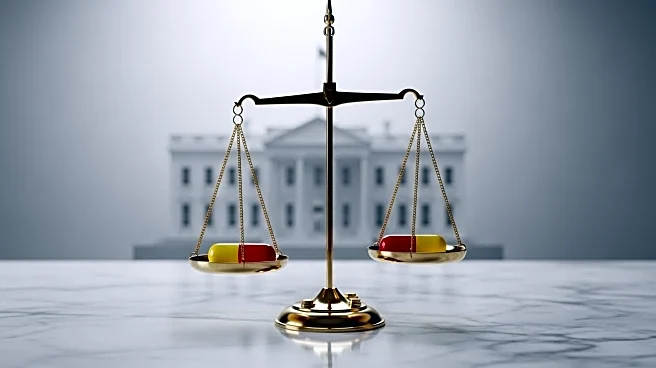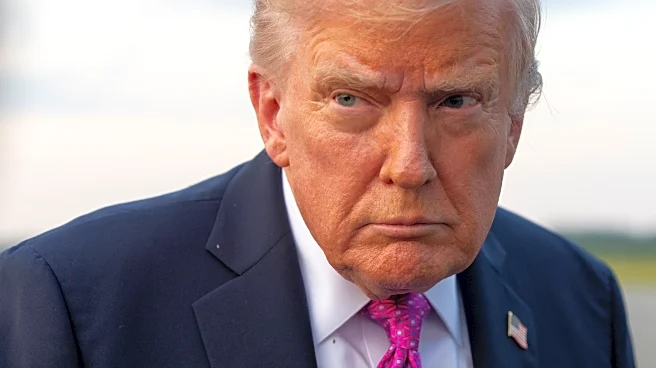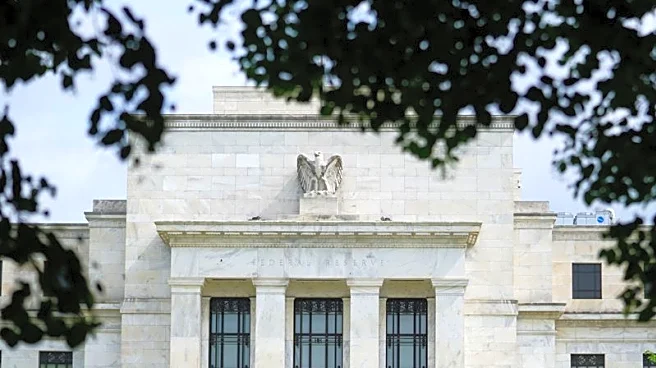What's Happening?
The White House has issued an executive order aimed at modifying tariff policies and establishing procedures for implementing trade and security agreements with foreign partners. This order, titled 'Modifying the Scope of Reciprocal Tariffs and Establishing Procedures for Implementing Trade and Security Agreements,' follows a previous order from April that introduced reciprocal tariffs on global trading partners. The new order suggests that tariffs could be reduced or eliminated for goods from countries that enter into meaningful trade and security agreements with the U.S. For instance, the U.S. plans to reduce tariffs on certain EU products to 0% and adjust tariffs under Section 232 for automobiles and parts from the EU, contingent on specific actions by the EU. The order outlines criteria for tariff reduction, including the scope and value of a trading partner's commitments, impact on U.S. national interests and security, and domestic supply needs. The Secretary of Commerce and USTR are tasked with monitoring trade conditions to adjust policies as needed.
Why It's Important?
This executive order is significant as it addresses ongoing trade uncertainties and aims to stabilize the U.S. tariff environment. By potentially reducing tariffs for aligned partners, the order could foster stronger trade relationships and benefit industries reliant on international goods. However, the fluid nature of the tariff environment means businesses must remain vigilant to changes that could impact their operations. The order's focus on national security and domestic supply needs highlights the administration's priorities in balancing trade benefits with security concerns. Industries such as agriculture, automotive, and pharmaceuticals may see direct impacts from these tariff adjustments, influencing their competitiveness and market dynamics.
What's Next?
The executive order sets the stage for ongoing negotiations and adjustments in U.S. trade policy. Key developments to watch include the U.S. Supreme Court's ruling on the legality of the IEEPA tariffs, the outcome of the U.S.-China tariff pause, and the implications of removing the de minimis exemption. Stakeholders in affected industries will need to monitor these changes closely to adapt their strategies accordingly. The administration's approach to trade agreements and tariff adjustments will likely continue to evolve, impacting global trade dynamics and domestic economic conditions.












